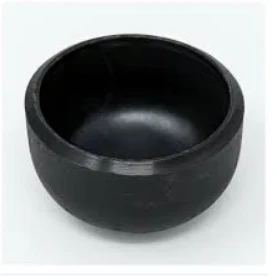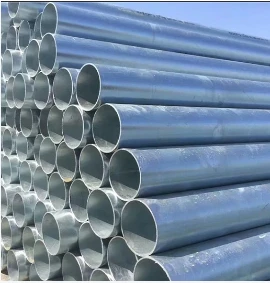Bøye
A steel pipe bend is a durable and essential component in pipeline systems, designed to change the direction of fluid or gas flow. Unlike traditional elbow fittings, which offer sharp directional shifts, pipe bends provide a smoother, more gradual curve. This curvature reduces turbulence and minimizes pressure loss, making steel pipe bends highly desirable in systems requiring steady flow and efficiency. Available in a variety of angles, radii, and thicknesses, steel pipe bends are used across industries, including oil and gas, water treatment, chemical processing, and construction.
-
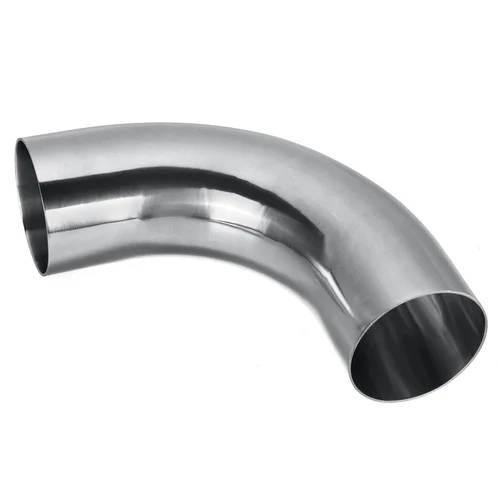
-
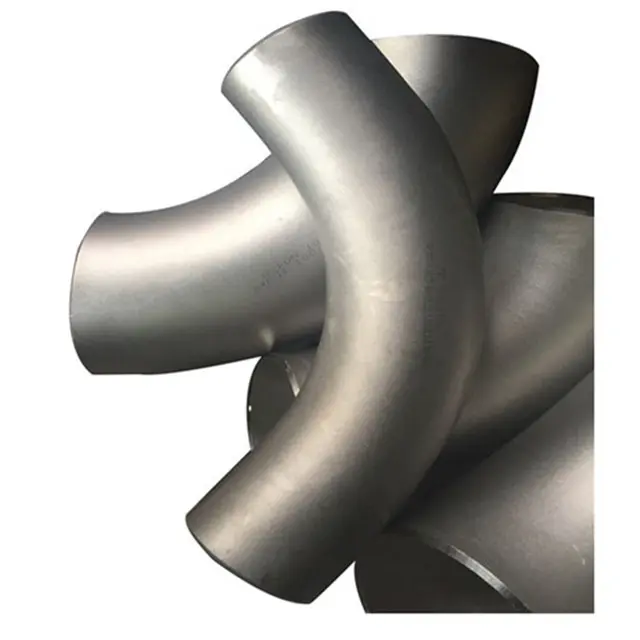
-
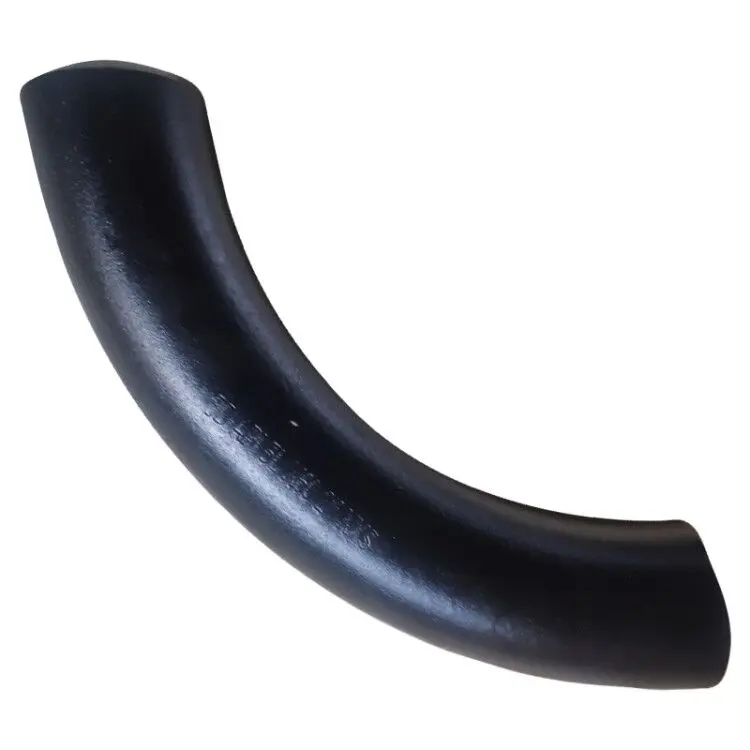
carbon steel A105 A234 WPB ANSI B16.49 3d 30 45 60 90 180 degree pipe bend
-
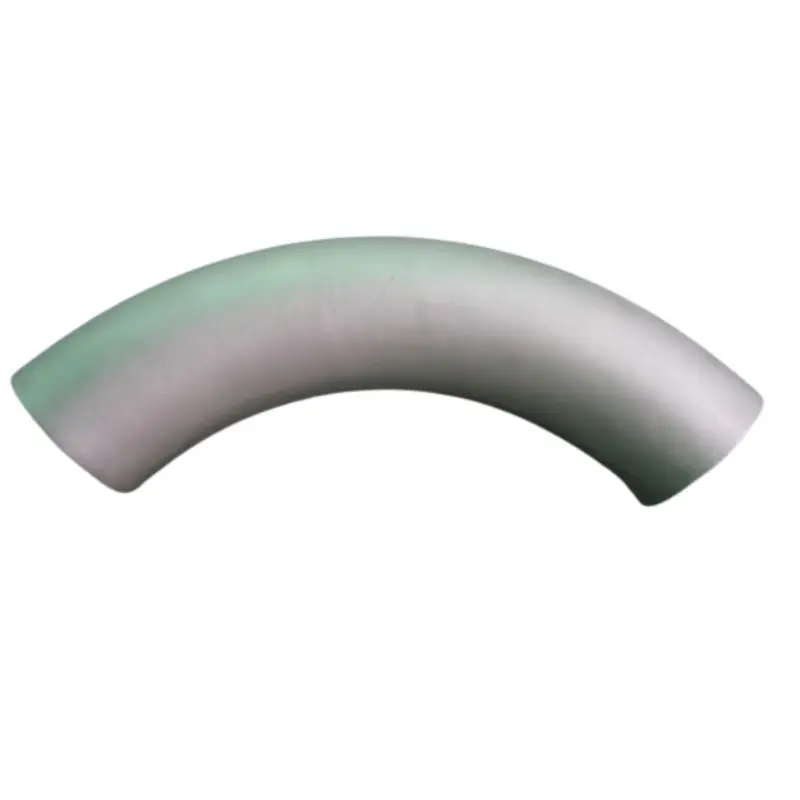
Stainless steel long bend1d 1.5d 3d 5d radius 304 316l seamless 90 degree pipe bend
-
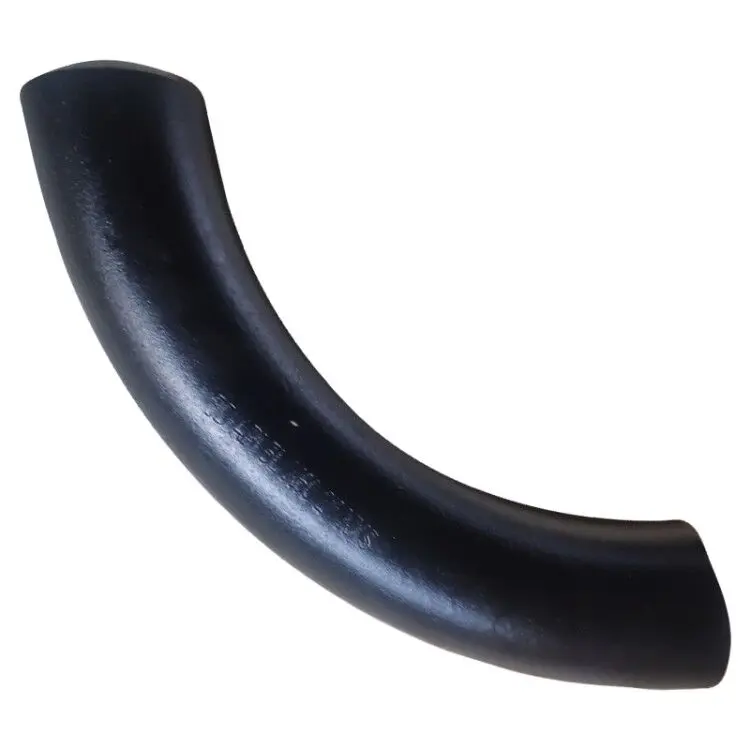
-

-
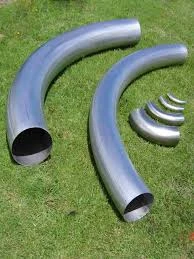
-
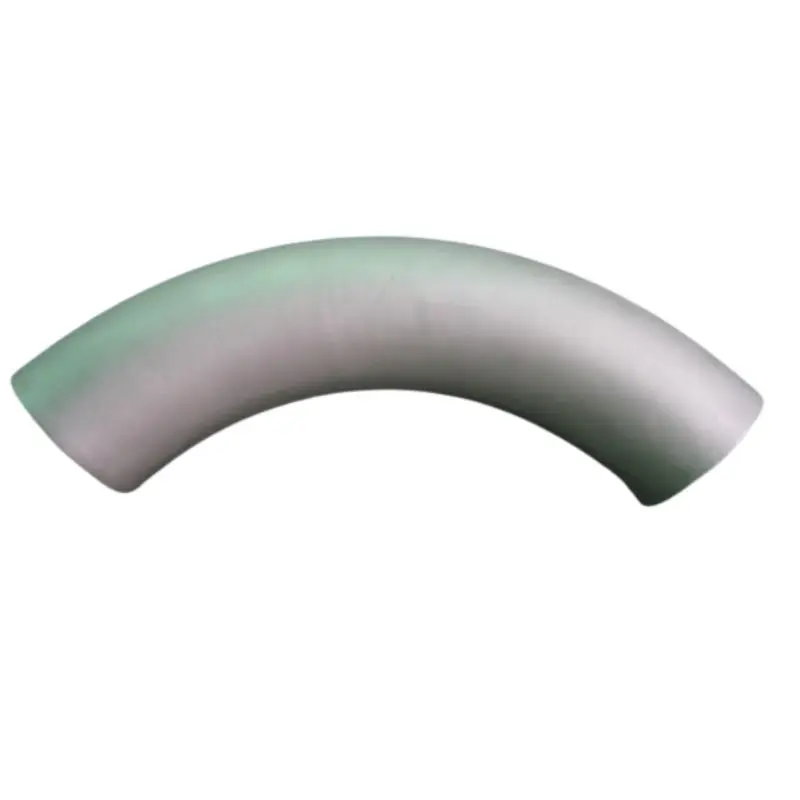
-
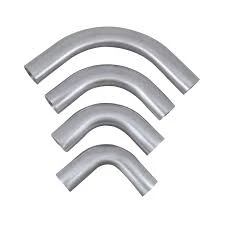
-
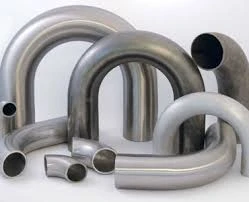
What is the Pipe Bending Rule?
The pipe bending rule is a fundamental guideline used to determine the ideal angle, radius, and overall design when bending pipes for various applications. Proper pipe bending ensures that pipelines maintain structural integrity, optimize fluid or gas flow, and fit well within specific layouts. Adhering to the pipe bending rule is crucial across industries such as plumbing, HVAC, oil and gas, and construction, as it reduces the risk of structural issues and costly repairs.
Key Aspects of the Pipe Bending Rule
Bend Radius: The bend radius refers to the radius of the pipe's curvature. It’s important to choose an appropriate radius to avoid stressing or collapsing the pipe wall. For most applications, a bend radius that is at least 1.5 times the pipe’s diameter is recommended, though higher ratios (such as 3x) are often used in systems requiring minimal pressure loss.
Angle Accuracy: Precise bending angles are essential for fitting pipes into a designated layout. Common angles include 45°, 90°, and 180° bends, but custom angles are also used to navigate complex systems. Measuring accurately and using tools like protractors or digital angle finders can help ensure that bends match specified designs.
Wall Thickness: During bending, the pipe’s wall may thin out at the outer curve and compress on the inner curve. The pipe bending rule advises using thicker-walled pipes for tight bends to prevent deformation. Some applications require “mandrel bending” or internal support to maintain shape.
The Importance of Steel Pipe Bends in Fluid Flow Management
Steel pipe bends are crucial components in piping systems, playing a vital role in the effective management of fluid flow. Their primary function is to redirect the flow of liquids and gases while maintaining optimal pressure and velocity, which is essential for various industrial applications.
Optimizing Flow Dynamics of Pipe Bends
One of the key advantages of using steel pipe bends is their ability to facilitate smooth transitions in fluid flow. Unlike abrupt changes in direction, which can create turbulence and increase pressure drops, properly designed bends allow for gradual turns. This design helps maintain the velocity of the fluid, reducing energy losses and enhancing overall system efficiency. In high-pressure applications, such as oil and gas transportation, maintaining a steady flow is crucial to prevent leaks and ensure safety.
Reducing Wear and Tear With Pipe Bends
Another significant benefit of steel pipe bends is their durability. Constructed from robust materials like carbon steel and stainless steel, these bends can withstand harsh environmental conditions and resist corrosion. By minimizing turbulence and friction, steel pipe bends help extend the lifespan of piping systems, reducing maintenance needs and operational costs. This durability is especially important in industries where fluid integrity is paramount, such as chemical processing and water treatment.
Versatile Applications of Pipe Bends
Steel pipe bends are widely used across various industries, including HVAC systems, water supply networks, and oil and gas pipelines. Their versatility allows them to be employed in numerous configurations, making them suitable for different piping layouts. This adaptability is essential for optimizing fluid flow in complex systems.







